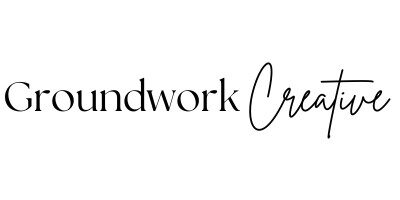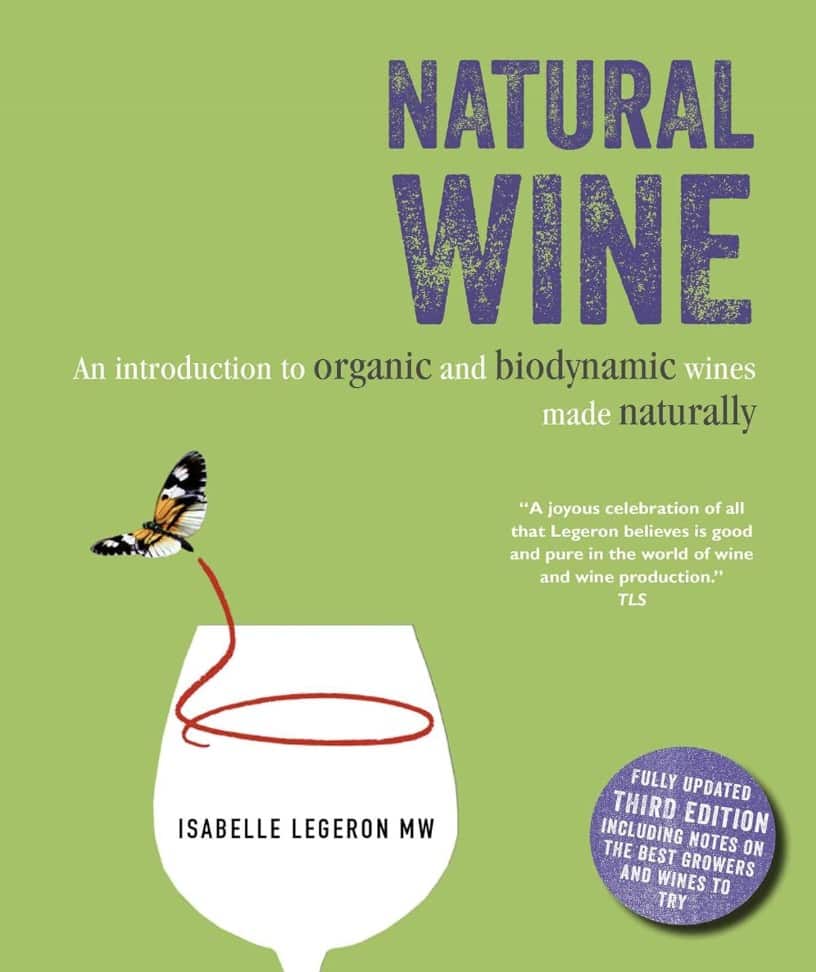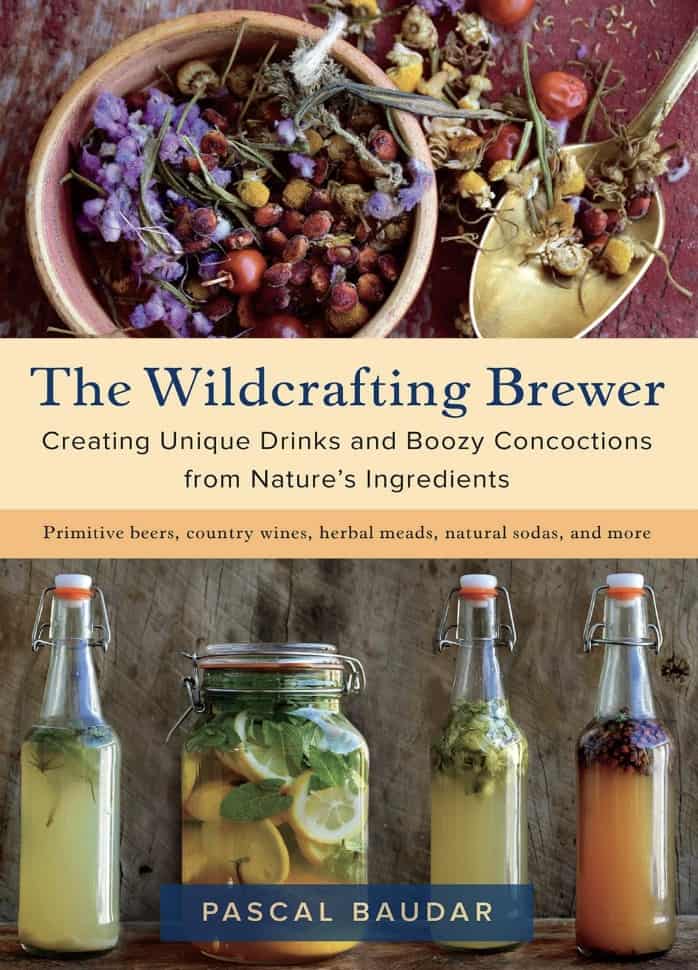Natural fermentation wine has been soaring in popularity, do you see that too?
It feels like an exclusive club to only winemaking enthusiasts whispering their secrets to one another and leaving the rest of us wine lovers behind!
During my time winemaking in Napa Valley, I saw first hand the top winemakers performing the natural wine fermentation process. And I am not gatekeeping the secrets!
You will learn what natural wine is (including the natural wine fermentation process), what makes natural wine natural, and even how to make natural wine at home.
Additionally, gain access to the best resources to further lead you towards beautiful natural wine.
This post is all about natural fermentation wine.
A Complete Guide to Natural Fermentation Wine
As a basic definition, natural wine is a traditional winemaking method using minimal intervention. The more real definition...
Natural winemaking uses the already existing yeast population on the grapes skins to conduct the fermentation process. There are practices involved to increase the natural yeast population within the vineyards so the fermentation works properly.
So, the most basic way to make wine... is considered natural wine!
The author Isabelle Legeron discusses natural wine in great detail. Her incredibly intriguing book showcases the beautiful world of natural wine from vineyard to glass.
Her lovely book includes over 140 of the best natural wines to test yourself and introduces you to grape growers.
So, making natural wine seems simple: grapes and the natural yeast and boom you have wine.
Though, that simplicity comes with its challenges, of course. Let's look at when "natural winemaking" began.
BREIF HISTORY
A French winemaker by the name of Marcel Lapierre realized the commercial, and industrial, wines were clashing with his vision, tastes, and morals of what winemaking is (and should be).
He formed a group, called the Gang of Four, in the 1980s and they set out to make wines the "natural" way. They did away with:
- Synthetic herbicides and pesticides
- Added sugars
- Added preservatives, chemicals, etc
- Very minimal sulfur dioxide
After the evolution of crafting these wines in the most primal way, the winemakers created a name for themselves, and arguably, brought back the natural wine fermentation process.
RELATED POST: 5 Incredibly Straight Forward Steps That Make the Winemaking Process Sound Like a Piece of Cake
Jean Foillard
French winemaker
"...who used to like... industrial wines; none of them came back saying 'I’m not going to drink these natural wines, I want the industrial wines'. Not one person."
Natural wines, not only, have been around for a while but they hold a higher standard for winemaking across the globe.
My Napa winemaker performed "natural fermentation wine" by harvesting grapes independently and gently processing them individually. Literally, one grape at a time.
So, that breeds the question... What makes natural wine natural?
How Natural Wine is Made
Careful Management of Vineyards
Winemakers can work closely with vineyards to ensure minimal invasive actions are taken on the vines: herbicides, pesticides, etc.
Also following certain practices to help increase the natural yeast population already living on the grapes.
Harvest with Minimal Invasion & Ultimate Potency
In commercial style wineries, yeast cells (from commercial yeast strains) live within the entire building. In the air, in the walls, in the ceiling, on the equipment, everywhere.
To ensure the wine is fermented with only natural yeasts, winemakers will harvest their grapes in a separate compound, or even begin the fermentation process in the vineyards themselves!
Additionally, the grapes are monitored for sugar content. Once the grapes have the right amount of sugar to carry out a fermentation to reach 12-15% ABV, the grapes are harvested.
Allow the Natural Yeasts to Dominate
Once the grapes are harvested, either in the vineyard or in the winery, the grapes are placed in the fermenter and given the proper environment for fermentation to begin.
The wines are closely monitored during the entire fermentation process like any other commercial wine!
As you can see, natural wine is natural due to the lack of additives, sugar, preservatives, flavorings, etc. It is simply grapes and the naturally occurring wild yeast.
Natural fermentation wine is the bed rock for any fermentation found in the wild. You take fruits and allow the natural fermentation process to unfold. Just like nature intended!
However, this method of winemaking is more challenging to execute than it seems. The vineyards must be properly taken care of, the yeast populations must be strong, and you must know how to start the fermentation, etc etc.
Hence why natural wine making is for the experts. But, what if I told you that you can recreate how to make natural wine at home?
The concept will stay the same, but the execution will change to match your kitchen, supplies, and available ingredients!
How to Make Natural Wine at Home
Let's recreate this process for a homemade wine.
RELATED POST: On-Demand Wine Making Equipment List for Stunning Wine | Get All You Need in One Click
What makes wine natural? The naturally occurring yeast on the grapes, minimal additives, and fresh fruit.
Seems easy enough!
To have a stable population of naturally occurring yeast, we must either have fruit that has naturally occurring yeast or we can make our own yeast population.
How to make a yeast starter is simple and takes 8 easy steps using ginger, water and sugar! We feed the yeast that is naturally on the skins of ginger over the course of a week.
After that, we have a very viable and healthy yeast population that we can use to inoculate any fermentation.
Let’s see the steps to making natural wine at home:
- Make a natural yeast starter.
- Choose fruits that are ripe and have skins. Skins will have more yeast!
- Create your wine “must” aka juice.
- Put your juice into a fermenter with the yeast starter and allow to ferment.
RELATED POST: 15 Powerful Winemaking at Home Tips & Tricks No One is Talking About
The concept is the same as a winemakers "natural wine" just tailored to beginner winemakers and a kitchen!
The author Pascal Baudar lays this method out perfectly in his book:
He shows how to transform fruit, herbs, and natural elements into legendary fermented drinks using yeast found on flowers, plants, and fruits!
His teachings ring similar to natural fermentation wine: using the local yeasts to make heavenly drinks. A great place to start learning natural fermentation at home!
Let's break down the steps to making natural wine at home:
After creating your yeast starter it is time to choose the fruits, herbs, etc. You want to ripest fruit so it has enough sweetness to complete a full fermentation (use a hydrometer to test this!).
Options for fruit wines:
- Plums
- Store bought grapes
- Apples
- Peaches
- Strawberries
These fruits have skins so the natural yeast can help the yeast starter population to make some stunning natural fermentation wine!
Now it is time to process the fruit in the winemaking process! Then, once your fruit is processed and ready for fermentation move onto the next step.
Using a fermenter, usually a one gallon is best, pour your juice into the fermenter. For one gallon of wine must use 1/4 cup of wild yeast starter.
And viola! Allow to ferment for 1-2 weeks before sending it into secondary fermentation, then onto bottling!
Natural yeast fermentation doesn't have to feel like an exclusive club with whispers of winemaking secrets.
Natural fermentation is just that, natural.
Using the great gifts from the Earth to create bold, new and youthful wines we connect better with the nature all around us.
This post was all about natural fermentation wine.
Other Posts You May Like to Start Making Wine at Home:
- Transformative Yarrow & Plum Wine Recipe for Any Wine Lover
- Behind the Scenes Look into the Most Compelling Craft Beverage | Guide to Beer Making for Beginners
- 5 Simple Must-Do Things to Kickstart Your First Fermentation Project
- This Alone Will Change Your Relationship with Alcohol




